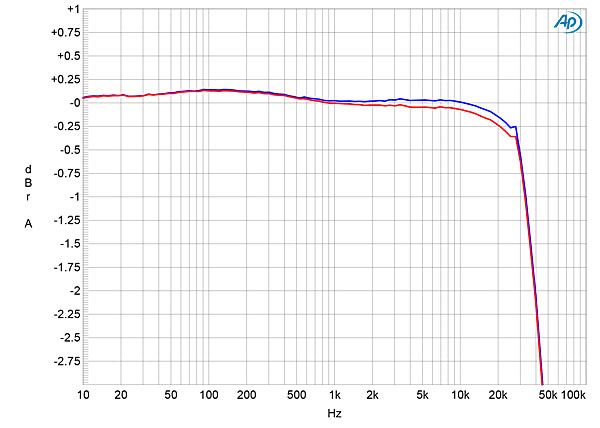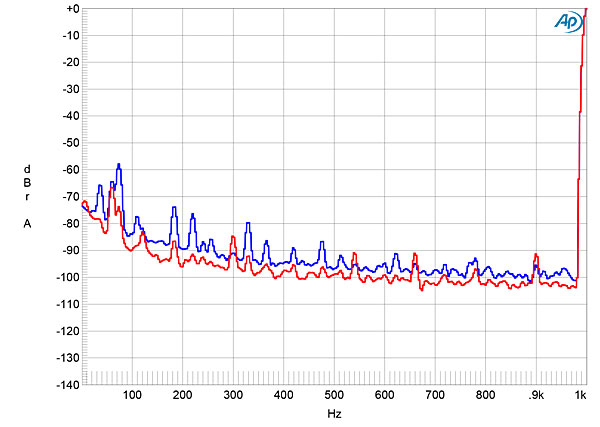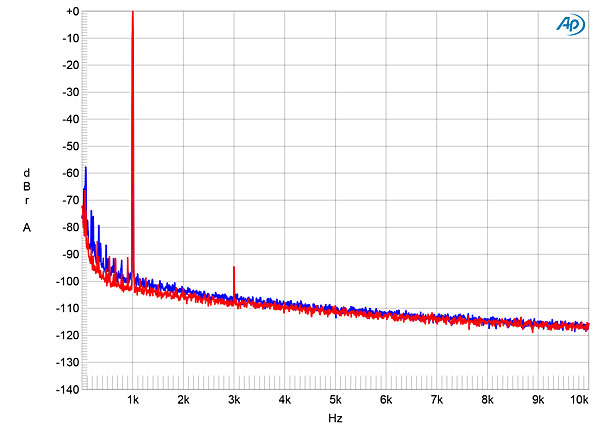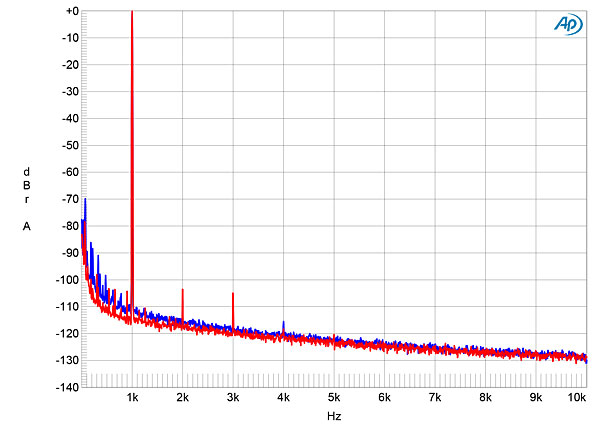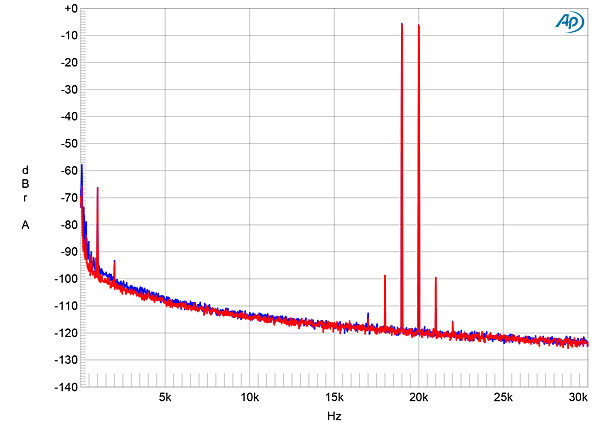| Columns Retired Columns & Blogs |
More and more Reviewers seem to want to give some sort of preamble to the review, Art could do thia for the simple reason that he was a Writer.He could have written about plumbing and still have held the readers interest.The present generation of Reviewers , with maybe 3 exceptions, cannot.
If you're not a gifted writer, you can still make sure your work is factually accurate. Buddhas Country of birth?????
